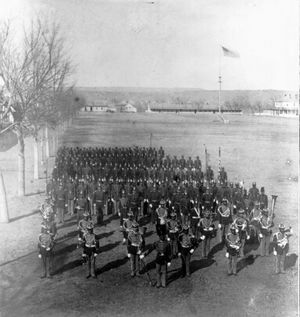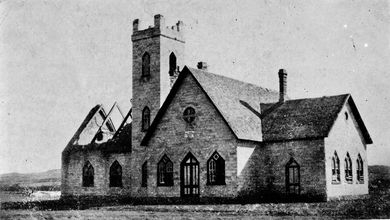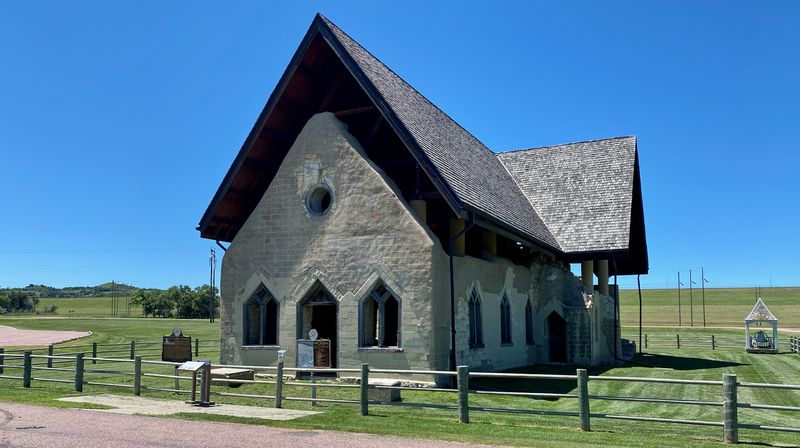Fort Randall
| More information at Warlike, Wikidata, Wikipedia
Fort Randall (1856-1892) - Established in 1856 by Captain Nelson H. Davis (Cullum 1320), 2nd U.S. Infantry, to replace Fort Pierre (1). Named after Ltc. Daniel Randall who was Deputy Paymaster General of the Army. Abandoned in 1892. Located along the Missouri River in Gregory County, South Dakota near preset day Pickstown.
Fort Randall HistoryThe site was selected in 1856 by General William S. Harney, Commander of the Sioux Expedition. The post was established 14 Aug 1856 by Captain Nelson H. Davis, (Cullum 1320), 2nd U.S. Infantry. Original Post (1856-1871)The original post was built as a series of one-story log cabins and by 1859 the post had 24 log structures that housed six companies or about 500 men. Lining the large central parade were the officer's quarters, barracks, commissary, and a quartermaster department. Other support buildings included the guardhouse, hospital, morgue, warehouse, and the sutler's store. During the U.S. Civil War the post was General Alfred Sully's base of operations for his 1863-1865 campaigns against the Sioux Indians. Final Post (1871-1892)The old post was ordered renovated by Lt. Colonel Elwell S. Otis, 22nd U.S. Infantry, who commanded the post between October 1870 and June 1873. The deteriorating log cabins were replaced with two-story framed buildings and additional buildings were constructed for a guardhouse, hospital, bakery, magazine, and other support buildings. In 1875, a stone chapel envisioned by the post commander, Lt. Colonel Pinkney Lugenbeel, (Cullum 1044), 1st U.S. Infantry, was built by volunteer labor at a cost of $20,000. The chapel was designed by the post carpenter, George Bush and most of the money for it was raised by the enlisted men of the post. Lt. Colonel Lugenbeel commanded the post between January 1874 and October 1879. Twelve additional officers' quarters were built in 1877. White picket fences were built around all the buildings and the post became a showplace. 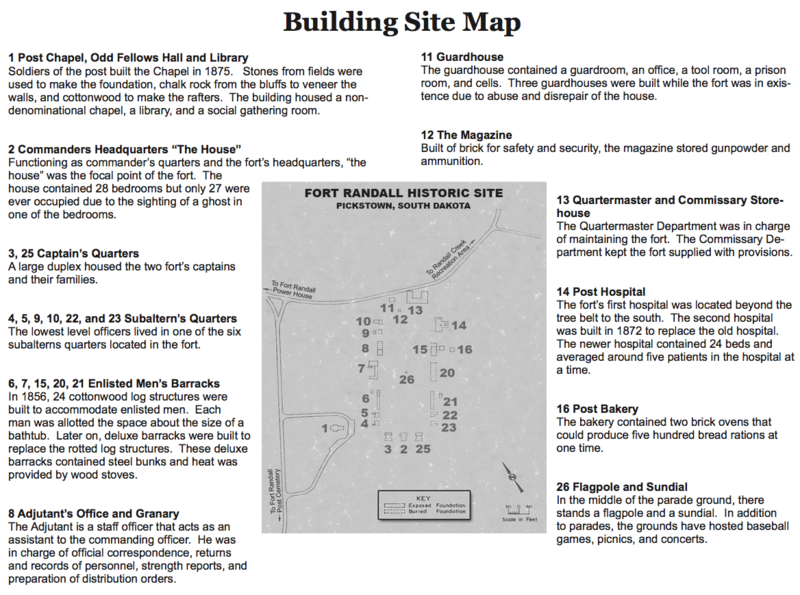 Sitting Bull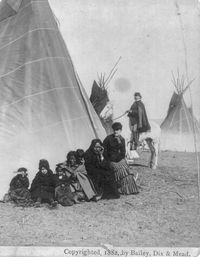 Sitting Bull (Tatanka Iyotake) of the Lakota Sioux, who participated in the defeat of Colonel George A. Custer at the Battle of Little Big Horn, and his band of 158 Hunkpapa Sioux camped south of the fort between July 1881 and November 1883 under a loose arrest. The band was moved to Fort Yates, in present-day North Dakota in November 1883.
ClosureThe 21st U.S. Infantry left the post on 9 Nov 1892 and the post was officially abandoned on 7 Dec 1892.
Current Status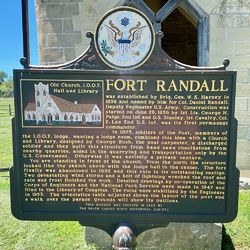 Fort Randall National Historic Site. The only remaining building is the remains of the Chapel. The parade is ringed with readerboards describing a part of the post or events.
See Also: Sources:
Links:
Visited: 15 Jul 2020 |
||||||||||||||||||||||||||||||||||||||||||||||||||||||||||||||||||
